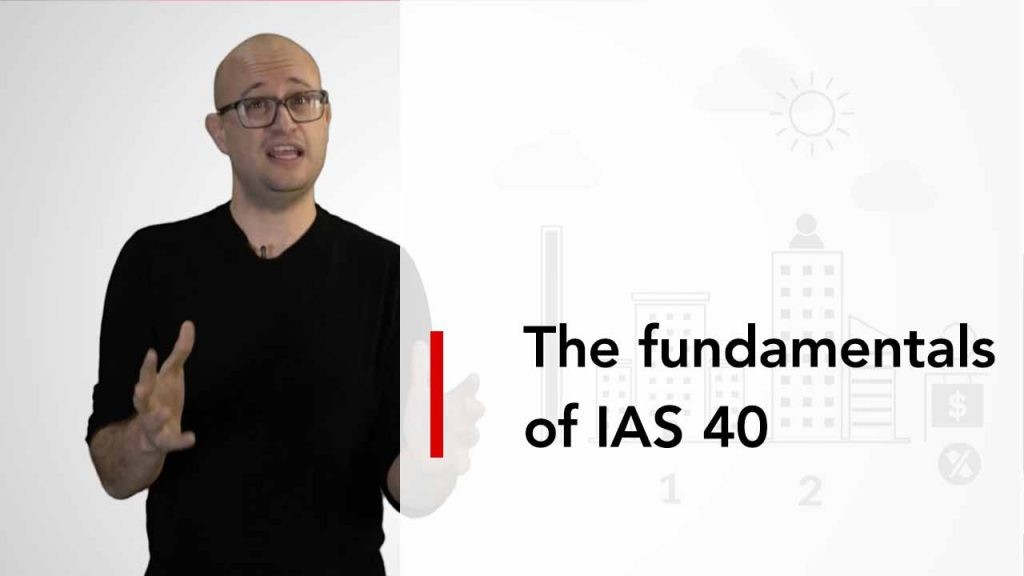
While leading with purpose can make organisations more aware of shifting consumer sentiments, new policy directions and industry transformations, defining and communicating it through deeper stakeholder engagement helps them identify and mitigate risks they otherwise would miss.
That is the message of the recent Roads to Repurposing report, a collaboration between ACCA (part of its Rethinking risk for the future research), risk management association Airmic, claims management company Crawford, insurance brokerage Lockton and the University of Oxford’s Saïd Business School.
Organisations without purpose will struggle to prepare for the immense range of emerging risks
Airmic CEO Julia Graham stresses the importance of the evolving relationship between accounting and risk management in creating social and human performance metrics. ‘Organisations without purpose will struggle to prepare and plan for the immense range of emerging risks,’ she warns.
She adds that rising expectations and scrutiny of companies by investors, customers, staff, standard-setters and policymakers are putting ever more pressure on boards and senior management to define and activate an organisational purpose that contributes something positive for the planet and society at large.
Professional authority
The recently released ISO 37000 benchmark for good governance offers organisations guidance on aligning their purpose with the interests of society and stakeholders while maintaining a sustainable means of production and considerate impact on nature’s resources.
The European Commission’s proposed legislation on sustainable corporate governance and reporting also calls for organisations to be more purpose-led. It wants remuneration tied to environmental, social and governance (ESG) matters, and strategy based on long-term value creation rather than short-term gains.
It is possible to focus on something other than profit to benefit the financial performance
‘Over the last two years we have seen a visible change in the level of professional authority of risk,’ says Graham. ‘No longer residents of the back office brought to the fore when an answer to a technical question was needed, those professionals [who measure, monitor and manage risk] now sit as trusted advisers at the shoulders of an organisation’s leaders.’
Defining the purpose
The report makes clear that it is possible to focus on something other than profit to benefit the financial performance of the individual organisation over the longer term. Accountancy professionals at all levels as well as practitioners are key to asking the appropriate questions for shaping the purpose statement and ensuring its integrity.
Defining the ‘why’ and the ‘who’ is the starting point:
- What is the organisation good at?
- What are its advantages in the market?
- Does it deliver more value through its activities than other organisations?
The ‘who’ must be based on the principle of materiality:
- Which stakeholders are material to the organisation’s business objectives?
- Which other stakeholders does the organisation believe it ought to prioritise?
Accountants can help resolve the answers to these questions – not least by valuing intangible assets. Their expertise must be fed into strategy more if the organisation is to fulfil its purpose.
Stakeholder engagement
While the defining and embedding processes must be initiated and led by senior executives – setting the tone from the top – it must also involve employees at all levels to be effective.
Many employees will have been at the organisation for some time and have a sense of purpose, or a view of what it ought to be. This means that purpose is more likely to have a sense of ownership among the people who must execute it daily.
The purpose statement becomes the DNA running through the entire operation
To embed purpose, line managers and frontline workers must share an understanding of it and communicate that clearly to colleagues, customers and other stakeholders. Building relationships top-down and bottom-up is at the heart of leading a purposeful business.
This might mean the purpose definition process takes longer but it makes embedding less of a challenge. The purpose statement – the ‘why’ and the ‘who’ – becomes the DNA running through the entire operation, informing everything it does – strategy, operating model, performance measurement, culture and reward systems.
Based on trust
The report looks at how an organisation embraces risk in activating its purpose – identifying risk, preparing for it, communicating it and taking it on. In today’s world, risk needs to be the central nervous system of the organisation to ensure its values are lived and that it is prepared for existential threats, black swans and grey rhinos.
Accountancy plays a key part in translating financial and non-financial risks, and in getting the organisation to speak the same language so as to improve the understanding of potential threats and opportunities.
Accountancy professionals could be more influential in communicating the organisation’s risk appetite and sustainability values. They should also be applying their quantifying and auditing skills more constructively to help colleagues live the purpose and priorities of the organisation, particularly as various new and revised reporting requirements come into effect this year.
Anette Mikes, associate professor at the Saïd Business School, says that accountancy and risk professionals could be collaborating more in communicating risks. ‘This is an important crossroads for risk professionals. They have a mandate to foster genuine communication about risks in their organisations.’
More information
Read the AB special edition 'Leading the change' about putting purpose above profit




